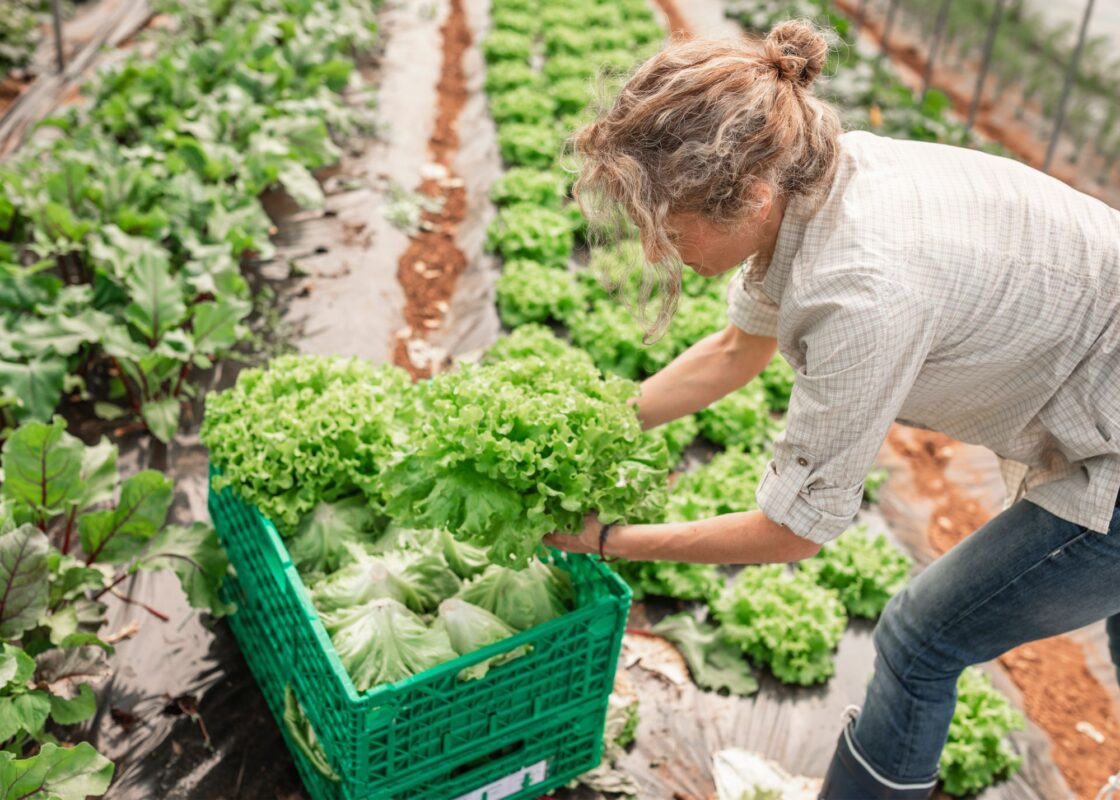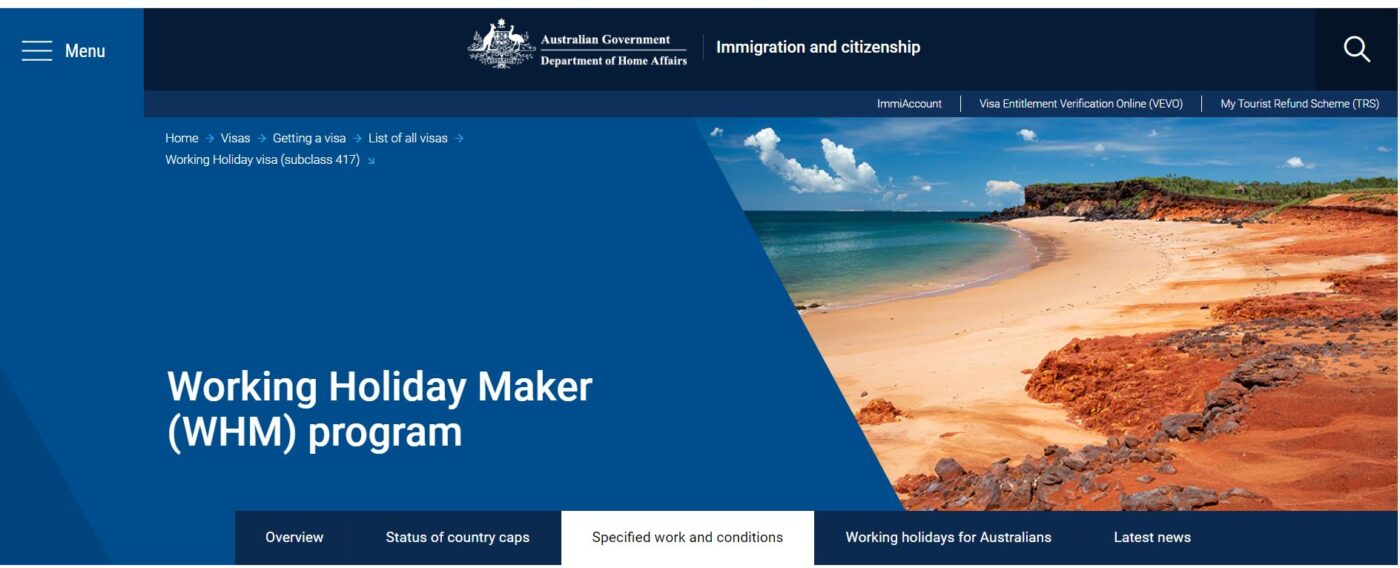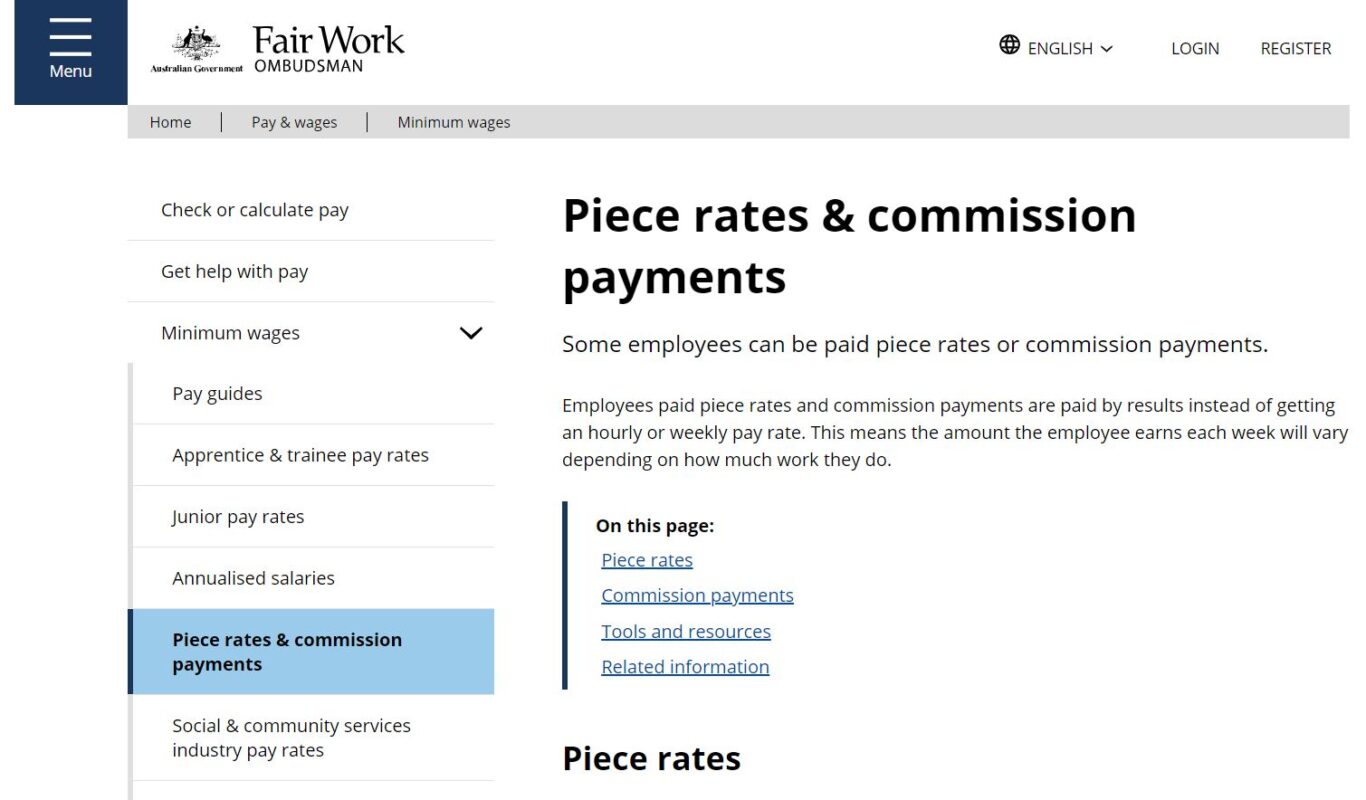Do you hold a Working Holiday visa and are you looking to extend your stay in Australia? If so, you will know you need to complete 88 days of ‘specified work’ in regional Australia to qualify for a second year. And if you want to stay a third year, you need to undertake 179 days in your second.

Historically, it has been acceptable for sub class 417 and 462 visa holders on piece work to qualify without nominating the number of hours worked. It didn’t necessarily matter if you had not completed a certain number of hours, as your earnings depended on productivity. For slow, inexperienced workers it was quite normal to only earn a small amount, and this was taken into account.
However, from 28 April 2022 the law changed.
It is important to point out that the Harvest Trail Information Service (HTIS) can only provide general guidance on this topic. So, it is recommended that you consult the Horticulture Award, seek professional legal advice, or go directly to the Department of Home Affairs website.

So, what happened in April 2022?
After evidence was considered, the Fair Work Commission revised the Horticulture Award to include a new ‘minimum wage guarantee’ for piece workers. This now means that anyone employed under a piece rate agreement as allowed under the Award, must be paid at least the hourly rate they would otherwise qualify for.

So far, so good. However, it is here that queries have arisen. Because now your earnings will be determined by the minimum hourly rate, the Department of Home Affairs can clearly see how many hours you worked in any one day. And Home Affairs expects a minimum number of hours to count it as a full day – a part day is not counted at all.
But what is a ‘full day’?
To count as a full day (i.e. one of 88 or 179), it is expected the number of hours you work to be ‘normal’ for that role and industry. That is, what a full-time employee would usually work. However, the Department of Home Affairs understand that the number of hours actually worked can be influenced by a range of factors including the weather and markets, so it is not always the same.

So, to count up 88 or 179 full working days, the hours determining a full day may not be relevant, rather what is normal for that job. And most importantly, if the job is piece work, the hours must now be reported, not just the earnings.
Another key aspect of the April 2022 changes to the Horticulture Award is that employers have new record keeping obligations for piece workers. In particular they must now record the hours worked as well as the piece rates that apply. This must be included on your payslip and can be used as evidence of your working hours, and it may support any claim of disrupted work time.
So, if weather or other external influences result in shorter working days than are normal for that role and industry, your employer may be able to provide supporting evidence to accompany your application for the new visa.
Supporting evidence may come in the form of a note to advise that your daily work patterns were disrupted beyond your control and may assist your application.
The Fair Work Ombudsman has developed a Horticulture Showcase – a virtual hub of information for the horticulture industry. Rights and obligations for both employers and workers can be found there, including the changes to piece rate work. Remember, this information is a guide only. Consulting the Horticulture Award or seeking professional advice to ensure compliance and accuracy during your visa extension process is advised
